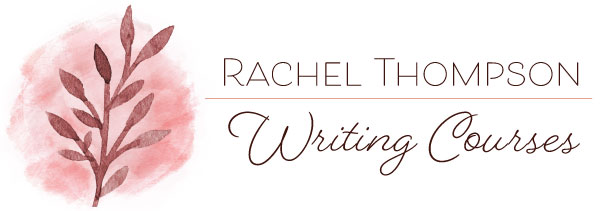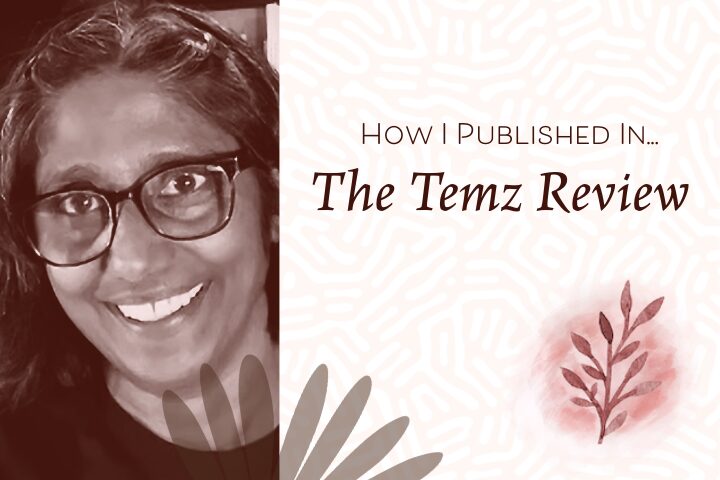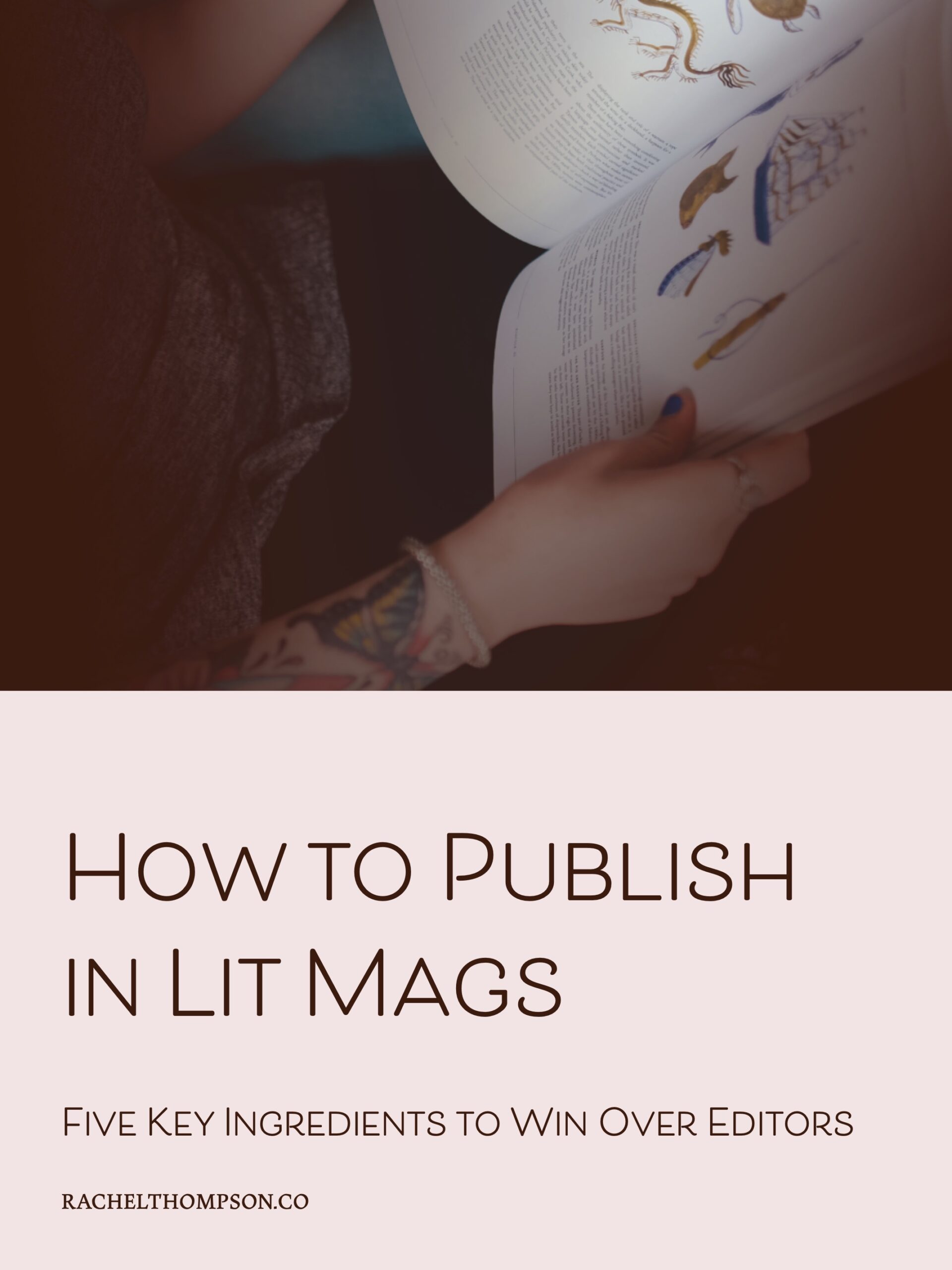By Denisha Naidoo
My poem “Back Bone” began as an exercise to describe an object from close up and far away. I chose a vertebra with a face carved on it that I had on my desk. As part of a revision exercise, I pared away the words of what I had written until I was left with what I felt was a poem. I took the idea one step further and shaped the poem into the form of a vertebra. Shape poems are my favourite to write because they feel like I’m creating both a poem and an image.
This process took about two or three weeks. Each word had to be carefully selected and spaced to keep the flow of the poem while maintaining the structure. Once I felt it was ready, I searched for magazines where the poem might find a home. After hearing an interview with the editor and thinking it was a perfect fit, I started by submitting to Terrain. I was disappointed when it was rejected. Then, I tried PRISM International, a magazine that had published another of my shape poems, but unfortunately, I hadn’t read the submission guidelines carefully enough and wasn’t allowed to submit within the same year. They did invite me to submit for the next issue, so I kept “Back Bone” ready for that future submission.
While waiting, I continued searching for the right home for my poem. I submitted to a few other magazines, including Poetry is Currency, which rejected it. But then came the email from The Temz Review—they had accepted “Back Bone,” and I immediately withdrew it from two other magazines where it was still under consideration. Getting that acceptance email was a thrilling moment. There’s nothing like receiving an acceptance when you’re least expecting it. I did a “Snoopy happy dance,” told everyone I could think of, and shared the news with my writing community, friends, and family.
Working with the editors at The Temz Review was a positive experience. They were particularly mindful of ensuring that the poem’s formatting wasn’t lost when published online, which was my only concern.
My earlier strategy was no strategy—I would send work out everywhere I could find. Over time, I learned that a more thoughtful approach yielded better results. Now, I try to read the magazines I submit to whenever possible, especially online magazines, which are free and easy to access. I’ve even purchased subscriptions to print magazines I hope to publish in. Sometimes, I’ve discovered that my work doesn’t fit with a magazine’s style after buying a subscription, but I consider that part of my investment in becoming a better writer. Reading what other writers are publishing helps me improve my own work.
Rejections are an inevitable part of submitting. Even though I was warned about this, it didn’t make the first few any easier. I felt like I’d never get anything published. However, the key for me was understanding that success comes when you find the right fit for your work. This process became more rewarding when I targeted my submissions carefully.
Sometimes, a work is good but simply doesn’t make the cut for reasons unrelated to quality.
I’ve also been lucky to work as a first reader for two literary publications, which gave me a lot of perspective on rejections. Sometimes, a work is good but simply doesn’t make the cut for reasons unrelated to quality. Keeping this in mind helped soften the blow when my own work was rejected. A rejection isn’t necessarily a reflection of my talent or my story; it just didn’t fit with what that particular editor or journal was looking for at the time.
The best rejections often come with a request to submit again or feedback. One story I submitted received such feedback that I used to revise the piece before sending it to another magazine. It made it through to the final review at that second publication but was ultimately rejected again. I plan to revisit that story after finishing my current project, a novel. Sometimes, letting feedback and a story sit for a while is necessary before tackling revisions.
The process of writing, submitting, and waiting can be exhausting, and it’s easy to feel like you’re on a roller coaster of highs and lows.
The process of writing, submitting, and waiting can be exhausting, and it’s easy to feel like you’re on a roller coaster of highs and lows. After submitting “Back Bone” and a few other short pieces, I decided to take a break and focus on my novel. Immersing myself in a larger project provided a much-needed reprieve from the constant cycle of submissions and rejections. But during this time, when I wasn’t thinking about my submissions at all, I received the acceptance email from The Temz Review—an unexpected high that reminded me why I keep sending my work out.
I’ve also had acceptances from magazines like Prairie Fire for themed calls, even though I generally don’t write specifically for themes. Sometimes, though, I’ll come across a call for submissions that aligns with work I’ve already written. For example, I wrote the poem “It Spreads,” a reverse and shaped poem, for Prairie Fire’s “Burning Up/Burning Down” issue and submitted a CNF piece for their 50 over 50 issue.
Learning how to submit is a process in itself. Every magazine has its own guidelines, and submitting to contests can get costly, so I tend to avoid them. I prefer submitting to places that don’t charge, and I try to target magazines that are a good fit for my work. My first story, “Dog Eared World,” was published in Open Minds Quarterly, and it taught me the importance of finding the right home for a piece. Since then, I’ve become more selective in my submissions and focus on magazines that resonate with my voice and style.
The emotional aspect of rejection can be challenging, but having a writing community has helped me immensely.
The emotional aspect of rejection can be challenging, but having a writing community has helped me immensely. I’ve found support in groups where rejection challenges are common, and we encourage each other to keep submitting. One of my favourite rejections came from The Shallot, where I was asked to write a guest blog alongside the rejected poem, which they published on their website.
When I do receive rejections, I keep a record of the magazines that invite me to submit again and aim to send work their way in the future. A recent rejection from The New Quarterly came with great feedback, which I initially brushed off. After the story was rejected multiple times, I realized the feedback was valuable and plan to revise it once my novel is complete.
My advice for anyone submitting to literary magazines is to write for yourself first. Rejections are just one person’s opinion, and if you keep submitting, you’ll eventually get an acceptance. Writing communities can provide much-needed support and a wealth of information on where to submit and what to expect. They’ll also celebrate your successes with you, which is always a great feeling.
Now that I’m finishing my novel, I’m preparing for a new level of submissions—seeking an agent. I’ve heard that publishing a novel requires a mix of perseverance, a good book, and luck. I’m ready to focus on the writing and keep persevering. After all, that’s all any of us can do: keep writing, keep submitting, and trust that success will follow.
Denisha Naidoo is a South African-born BIPOC Canadian physician, psychotherapist, poet, and writer living in Ontario, Canada, with her dog Maverick. Her work has been accepted for publication in Gramarye, Amazing Stories, PRISM International, Passager Books, Prairie Fire, The Temz Review, The New Quarterly, Open Minds Quarterly, Braided Way Magazine, and Ladies Briefs: A Short Anthology. She wrote a guest blog and poem for The Layered Onion and published a podcast of her novella, The Amazing Adventures of Wig Girl. Find her at denishanaidooauthor.com


